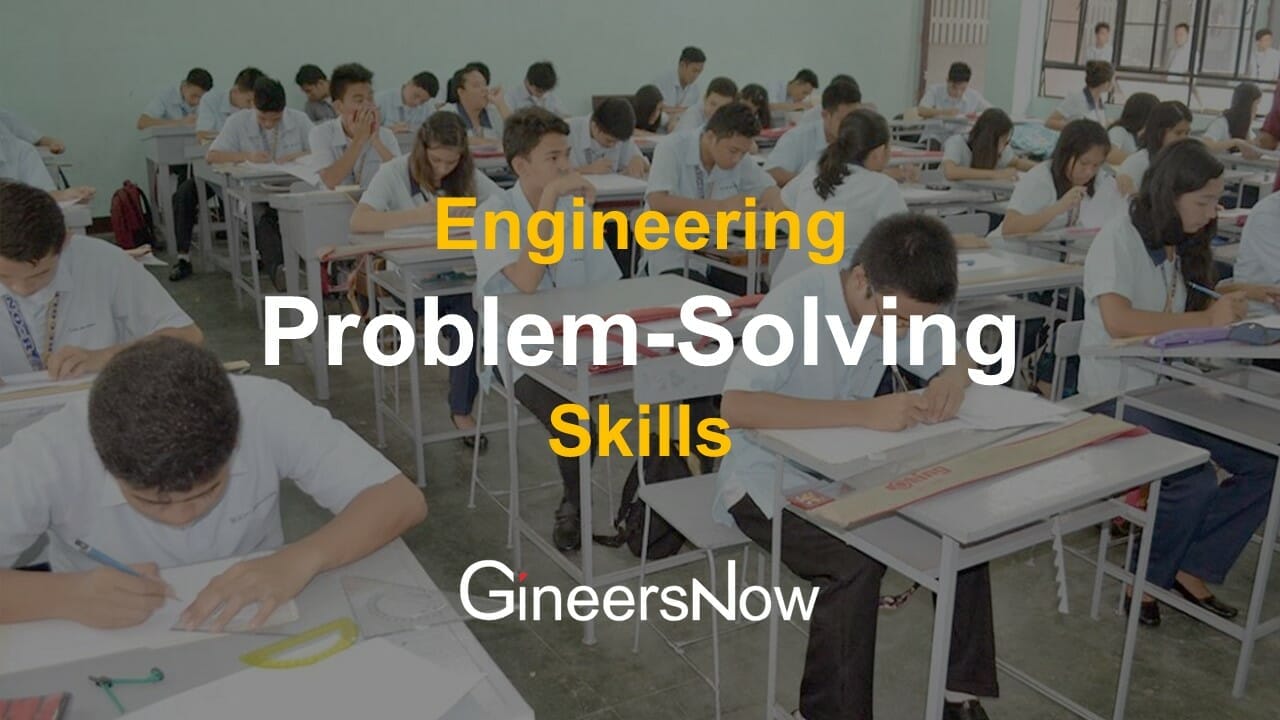In every engineering subject, we are bombarded with worded problems that we need to answer and solve. Through these problems, we are able to practice the real-life applications of our study as future engineers, so it is imperative that engineering students know how to approach every engineering problem related to the chosen field.
The steps in engineering problem solving are actually easy – it’s a simple process but others just miss to do it. This can be because that whenever confronted with a difficult problem, the mind loses its focus; or it can also be due to the information overload that we can no longer think straight.
Regardless, when you have the knowledge in answering a certain problem, you only need to execute the steps in problem solving. Here they are below:
Understand the purpose of the problem.
Before you proceed to answer the exam questions, you need to ask yourself first, “Is this necessary in my field? If so, where can I apply this problem later on?” This pre-solving assessment can be unnecessary, though; but to be able to answer the problem, you first need to know why you are doing it.
Collect the known information. Realize that some of it might be unnecessary.
The first important step in solving any engineering problem is to gather the given information. There will be cases that your professor will feed you with values you don’t need to confuse or test your ability to separate what is needed in the problem.

Source: Giphy
Determine what information you must find.
From the given values and the problem, find what you need to answer. In most cases, this is a straight-up give away question; but sometimes it’s also concealed, which makes it confusing. If you don’t get to find what you are required to answer, you surely will never arrive to the correct solution and answer the problem you are asked to solve.
Simplify the problem only enough to allow the required information to be obtained. State any assumptions you make.
When you are given so many values in a problem, omit those you do not need. Cross them out so you do not use them mistakenly when you solve the problem later on. There are also assumptions that you need to state before proceeding with solving the problem.

Source: Giphy
Draw a sketch and label any necessary variables.
Perhaps one of the keys to an effective problem solving is to be able to visualize the system as interpreted in the problem. Draw a free body diagram even when the professor doesn’t require it. It is for your better understanding of the given values. Name and label the parts of the sketch accordingly.
Determine which of the fundamental principles are applicable.
Once you draw the sketch, it is time to think of the solutions to the problem. Think about which fundamental principles can be used. Relate the principles based on previously solved questions and find the similarity.
Think about your proposed solution approach and consider other approaches before proceeding with the details.
Now that you have the principles gathered, choose which one is the best approach to the problem. Rank them according to the likeability that the problem is going to be solved.

Source: Giphy
Label each step of the solution process.
This is for organization of the solution to the problem. Labelling each step will yield a clearer step by step solution. The professor will also commend you for this if you present your solution this way.
Solve the problem.
You’ve got everything you need – the only thing you are required to do is solve. When you’ve done all the requisite steps properly and you do the correct math while solving the problem, you will also get the correct solution. Just be careful of the calculator inputs because that might give you a wrong answer. Also, organize your solution.
Present your solution using graphs and data tables to good effect, when necessary.
If you’ve performed the solution well, the last step engineering students need to do is to give the solution to the problem: state clearly which is the final answer by presenting graphs and data tables if it fits. Or you can just box your final answer for your professor to find the answer right away.
Source: UDayton












